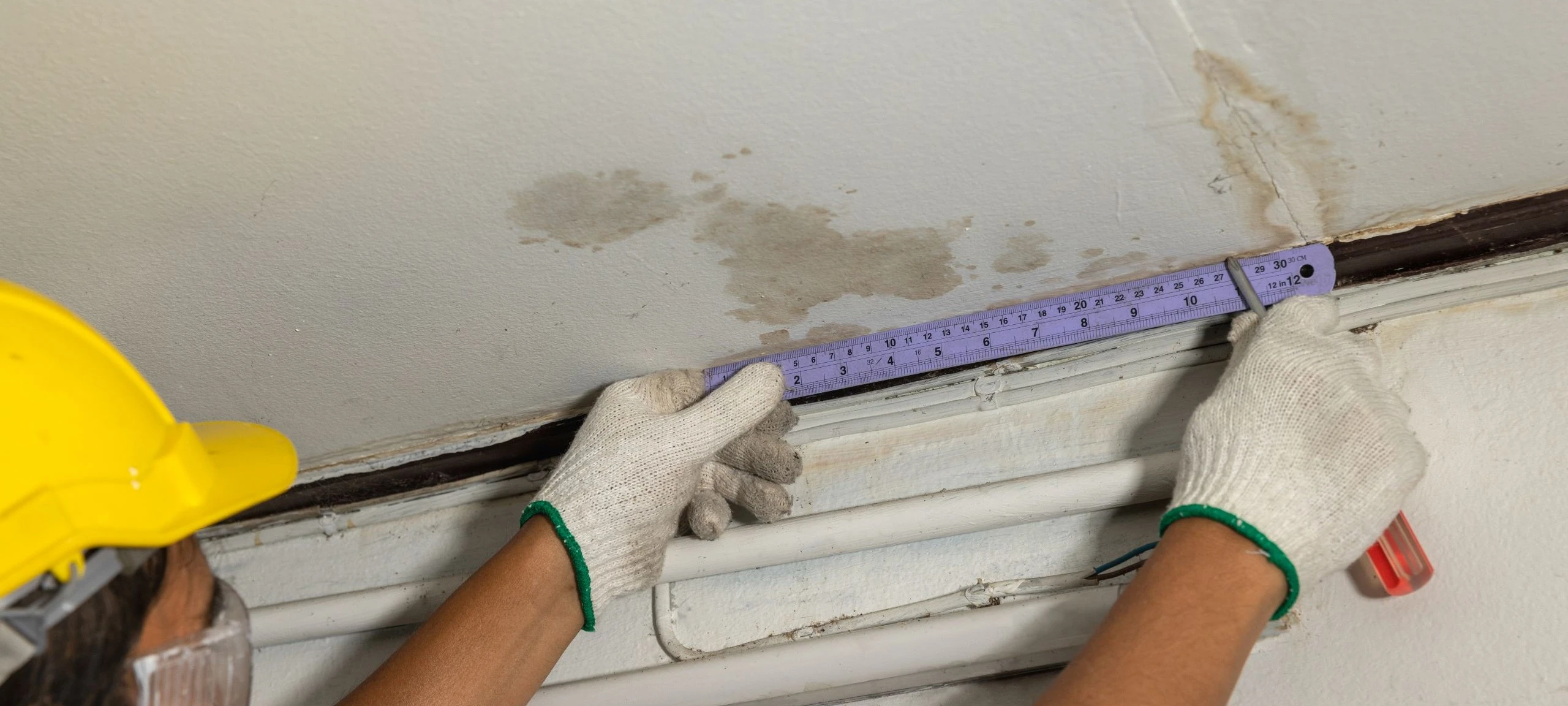Hidden Threats: An Oregon Coast Home Inspection Survival Guide
Buying a home on the Oregon Coast requires special attention to unique environmental challenges. From salt air corrosion to moisture infiltration, coastal properties face distinct issues that inland homes rarely encounter.
Moisture and Water Damage
The Oregon Coast's high humidity and frequent precipitation create ideal conditions for moisture-related problems. During your inspection, pay particular attention to:
Foundation and Crawl Spaces: Look for standing water, excessive moisture, or signs of flooding in basements and crawl spaces. Check for proper drainage systems and functioning sump pumps. Coastal homes often require enhanced moisture barriers and ventilation systems.
Roof Systems: Examine shingles, flashing, and gutters for wind damage and proper water diversion. Coastal winds can lift shingles and drive rain into small gaps. Ensure gutters are clear and properly pitched to handle heavy rainfall.
Windows and Doors: Test all seals around windows and doors for air and water infiltration. Look for signs of water damage around frames, including warping, discoloration, or soft spots in wood.
Salt Air Corrosion
Salt air accelerates corrosion of metal components throughout coastal homes. Key areas to inspect include:
Electrical Systems: Check electrical panels, outlets, and fixtures for corrosion or rust. Salt air can cause rapid deterioration of electrical components, potentially creating safety hazards. Look for proper grounding and GFCI protection in all appropriate areas.
HVAC Components: Inspect heating and cooling systems for corrosion, particularly outdoor units and ductwork. Salt air can significantly reduce the lifespan of HVAC equipment, so verify recent maintenance and remaining warranty coverage.
Plumbing Fixtures: Examine faucets, pipes, and water heaters for corrosion or mineral buildup. Coastal homes may require more frequent replacement of these components due to salt air exposure.
Structural Integrity
Coastal properties face unique structural challenges from wind, shifting soils, and potential seismic activity:
Foundation Stability: Look for cracks, settling, or signs of movement in the foundation. Coastal soils can shift due to erosion or high water tables. Pay attention to doors and windows that stick or don't close properly, which may indicate foundation issues.
(Lincoln County Oregon foundation services - Click Here)
Structural Connections: Verify that the home has proper hurricane ties and seismic retrofitting appropriate for the Oregon Coast. Check that decks and attachments are securely fastened and meet current building codes.
Exterior Siding: Inspect siding materials for weather damage, warping, or deterioration. Cedar and other wood siding common in coastal areas require regular maintenance to prevent rot and pest infiltration.
Mold and Indoor Air Quality
High humidity levels on the Oregon Coast create ideal conditions for mold growth. During inspection:
Ventilation Systems: Ensure adequate ventilation in bathrooms, kitchens, and laundry areas. Look for functioning exhaust fans and proper air circulation throughout the home.
Attic and Basement Areas: Check for proper insulation and vapor barriers. Look for any signs of mold growth, musty odors, or excessive condensation in these areas.
HVAC Air Quality: Inspect ductwork for cleanliness and proper sealing. Consider requesting air quality testing if you notice persistent odors or have concerns about mold presence.
(Lincoln County Oregon mold inspection services - Click Here)
Septic and Well Systems
Many coastal properties rely on private septic and well systems, which require special attention:
Septic System Health: Request recent pumping and inspection records. Coastal properties may face challenges with high water tables affecting septic drain fields. Ensure the system is properly sized and functioning.
(Lincoln County Oregon septic inspection services - Click Here)
Well Water Quality: Test well water for bacteria, minerals, and salt intrusion. Coastal wells may be susceptible to saltwater contamination, particularly during dry seasons or with overuse.
(Lincoln County Oregon well inspection services - Click Here)
Exterior and Landscaping
The coastal environment presents unique challenges for exterior maintenance:
Drainage and Grading: Verify proper grading around the home to direct water away from the foundation. Look for signs of erosion or pooling water, which can be particularly problematic in coastal areas.
Vegetation and Pest Control: Check for overgrown vegetation that might trap moisture against the home. Look for signs of pest infiltration, as coastal homes can attract various insects and rodents seeking shelter.
(Lincoln County Oregon pest inspection/treatment services - Click Here)
Outdoor Structures: Inspect decks, patios, and outdoor structures for weather damage and proper maintenance. These elements face constant exposure to salt air and coastal weather conditions.
Professional Inspection Recommendations
Given the unique challenges of coastal properties, consider hiring inspectors with specific experience in Oregon Coast homes. They should be familiar with local building codes, common coastal issues, and seasonal considerations that affect property condition.
Additionally, consider scheduling inspections during different weather conditions if possible. A home that appears sound during dry weather might reveal moisture issues during or after significant rainfall.
Key Takeaway
Purchasing a home on the Oregon Coast requires heightened attention to moisture control, corrosion prevention, and structural integrity. While these properties offer stunning natural beauty and unique lifestyle opportunities, understanding and addressing these specific inspection points will help ensure your coastal investment remains sound for years to come.


Leave A Comment